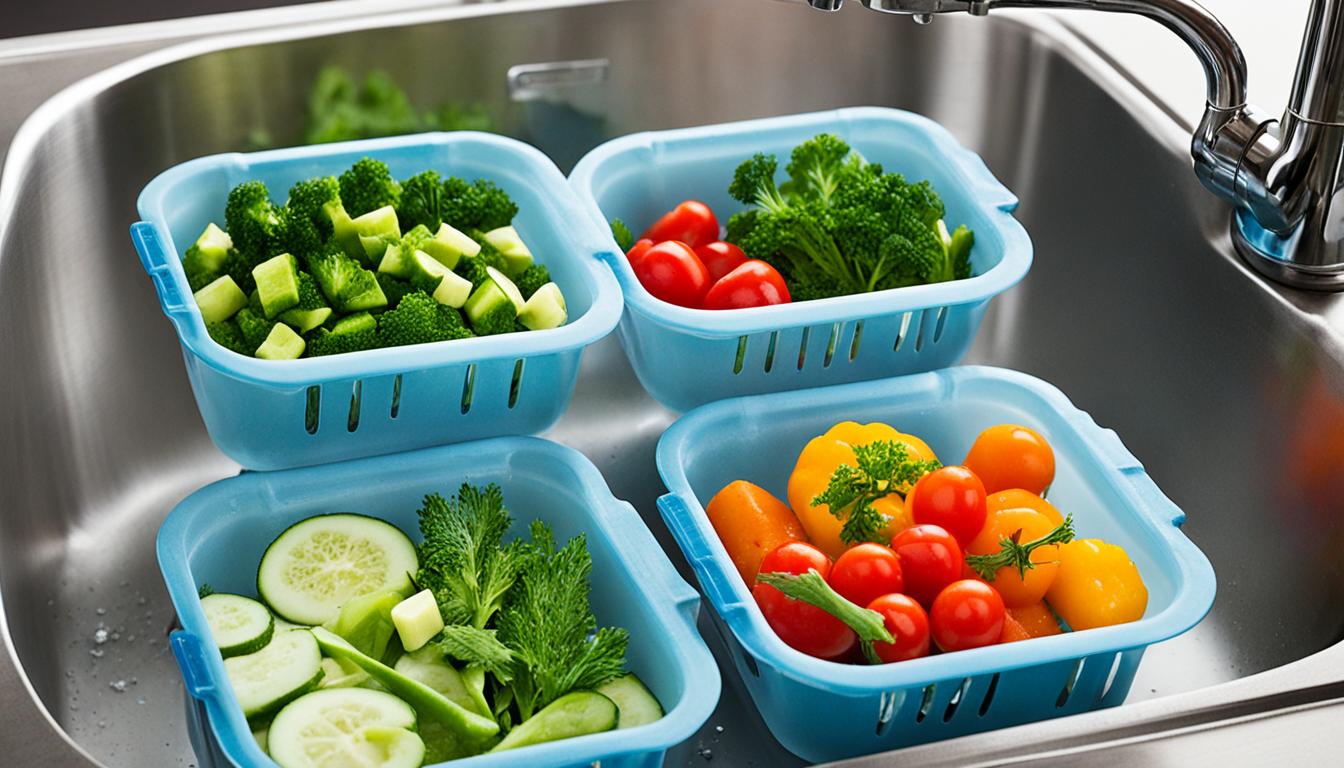When it comes to preserving the freshness and quality of vegetables before freezing or canning, blanching is a widely recommended technique. But are the rules of big pot blanching true or just another myth? Let’s dive into the facts and myths surrounding this age-old preservation method.
The Importance of Blanching before Freezing
Blanching vegetables before freezing is essential to maintain their quality. We blanch vegetables to preserve their color, flavor, and texture. Blanching helps halt enzyme actions that can lead to the loss of these characteristics. Additionally, it removes surface dirt and microorganisms, brightens the color, and slows down vitamin losses. To blanch vegetables, they are briefly scalded in boiling water or steam and then rapidly cooled in ice water.
Proper blanching techniques involve using a large pot of boiling water or a steamer basket. The blanching time varies depending on the type and size of the vegetable. After blanching, it is crucial to immediately plunge the vegetables into ice water to stop the cooking process. This rapid cooling helps ensure that the vegetables retain their nutritional value and are ready for further cooking or freezing.
By blanching vegetables, we can preserve the nutrients and appearance of the fresh produce. It is an effective method to prepare vegetables for long-term storage, maintaining their quality even after months in the freezer. Blanching ensures that the flavors and textures of the vegetables are preserved, allowing us to enjoy delicious and nutritious meals throughout the year.
The Blanching Process
When blanching vegetables, the process involves scalding them briefly in boiling water or steam and then rapidly cooling them in ice water. This method effectively stops enzyme activity and helps preserve the vegetables’ color, flavor, and texture.
The blanching technique begins with the preparation of a large pot of boiling water or a steamer basket. The vegetables are added to the boiling water and cooked for a specific time based on the type and size of the vegetable. After the blanching time is complete, the vegetables are immediately transferred to an ice bath. This rapid cooling process halts the cooking and ensures that the vegetables retain their vibrant color and crisp texture.
It is important to note that blanching times can vary, so it is crucial to refer to reliable sources or recipes for accurate cooking times. Proper blanching techniques will yield vegetables that maintain their nutritional value and are ready to be used in various recipes or frozen for later use.
Preserving Nutrients and Flavor
Blanching vegetables not only helps in preserving their vibrant colors but also slows down nutrient losses. The blanching process helps inactivate enzymes that can cause vitamin degradation and flavor changes over time.
By blanching vegetables before freezing, we can preserve their nutritional content. It allows us to stock up on fresh produce during the harvest season and enjoy nutrient-rich meals even during the off-season. Blanching ensures that the vegetables retain their vitamins and minerals, making them a valuable addition to our diet.
Furthermore, blanching helps maintain the flavor of the vegetables. By preserving the natural taste and texture, blanched vegetables are more enjoyable to eat and can be used in various recipes without compromising their quality.
How to Properly Blanch Vegetables
Blanching vegetables is a delicate process that requires careful preparation and precise timing. To ensure the best results, start by selecting fresh and firm vegetables. Thoroughly wash the vegetables to remove any dirt or chemical residues. It’s important to cut the vegetables into uniform sizes, which allows for even blanching.
Next, prepare a large pot of boiling water, using approximately one gallon of water per pound of vegetables. Add the vegetables to the boiling water and cook them for the recommended time based on the type of vegetable you are blanching. This is an essential step to achieve the desired level of blanching doneness.
Once the blanching time is complete, immediately transfer the vegetables to an ice bath. This rapid cooling process stops the cooking and helps the vegetables retain their vibrant color and crisp texture. After the vegetables have cooled, be sure to drain them thoroughly and dry them before freezing or using in recipes. This step is crucial to ensure that the blanched vegetables maintain their quality for future use.
By following these proper blanching techniques, you can achieve the optimal results for your vegetables. Whether you’re blanching carrots, broccoli, or any other vegetable, these step-by-step tips will help you preserve the nutrients and flavors while preparing them for freezing or cooking.
